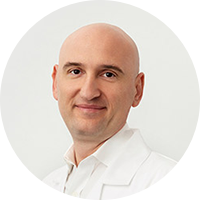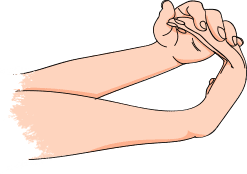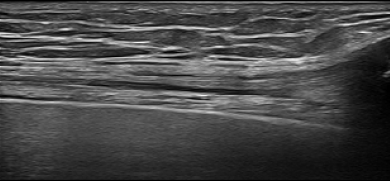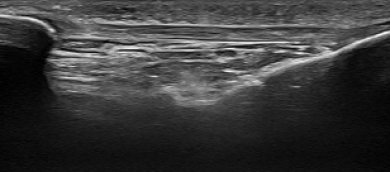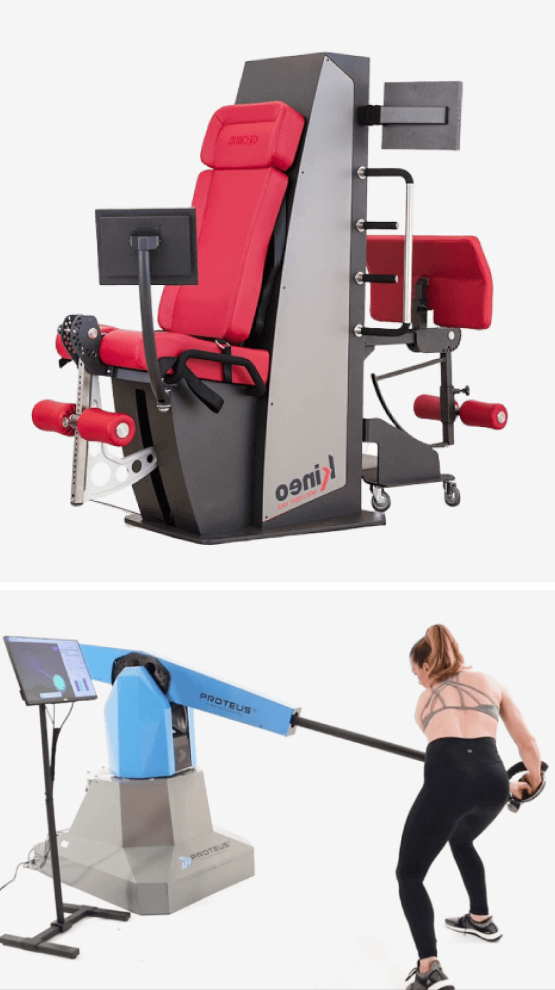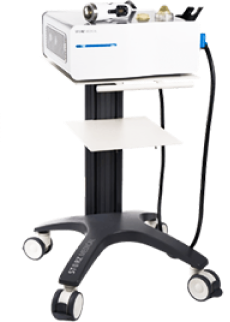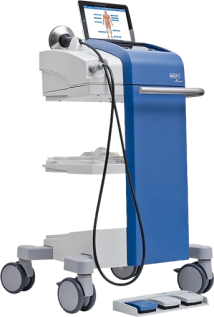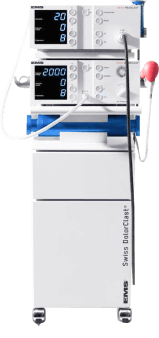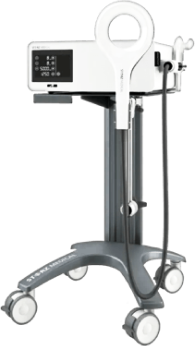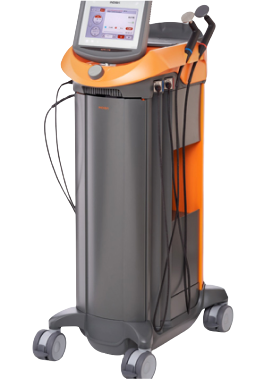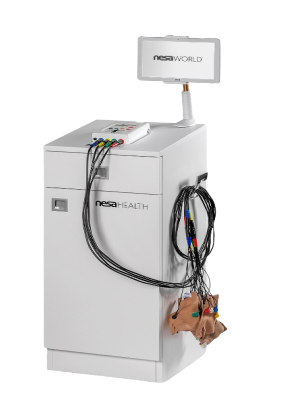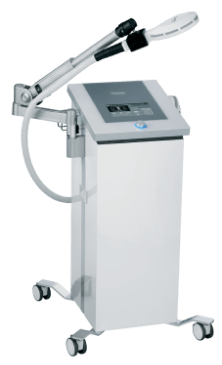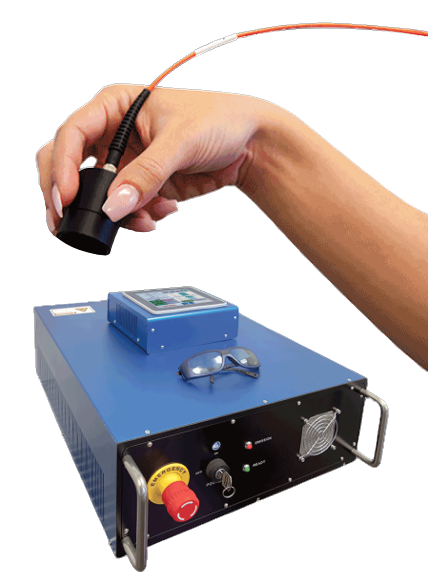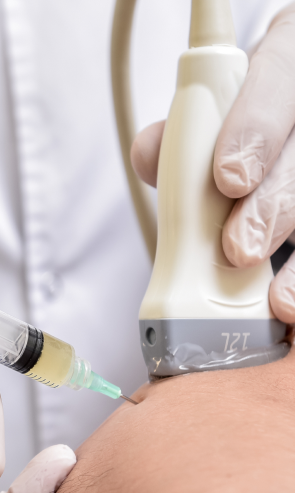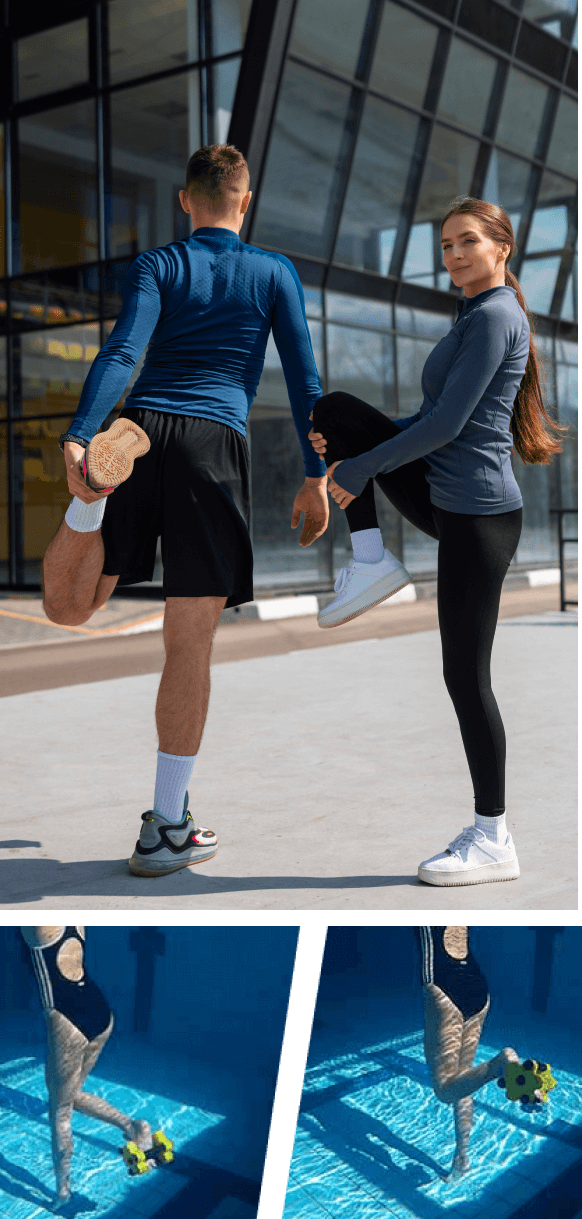In addition to a health history and clinical exam, your therapist may use a goniometer to measure your joint angles, and ask you a number of questions, including:
- Can you bend forward and place your palms flat on the floor without bending your knees?
- Does your thumb bend back far enough to touch your arm?
- Can you perform a full split
- Are you prone to dislocation of shoulders, elbows or knees?
- Have you been called “double jointed?”
Your therapist may also use diagnostic ultrasound to view your joints and muscles in motion. High resolution diagnostic ultrasonography is especially advantageous for patients with JHS, and reveals much more than can be obtained from MRI imaging. Ultrasound imaging lets us view the joints in real time, with the patient in motion, to get a full picture of the muscles, bones, nerves and ligaments.
In many cases, patients with EDS and JHS have subclinical nerve compressions that cause pain and impair movement. Dr. Kalika’s expertise in diagnostic ultrasound enables him to detect compressed nerves, which can then be therapeutically treated.
The sports medicine specialists at NYDNRehab are experts in diagnostic musculoskeletal ultrasonography, including recent technological innovations like sonoelastography that allows us to measure muscle stiffness and visualize the joints in motion. This new technology is available to patients, right in our clinic. It lets us pinpoint which part of the muscle that controls the hypermobile joint can be activated by the patient, and why. Sonoelastography helps us find an effective muscle activation strategy and monitor the progress of treatment.


